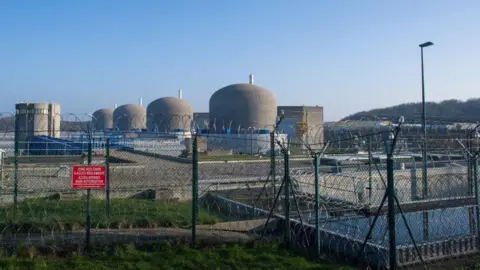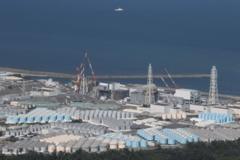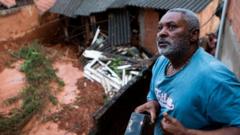The owner of the Fukushima nuclear power plant is edging closer to having one of its reactors restarted for the first time since the 2011 disaster.
Hideyo Hanazumi, the governor of the Niigata region, where Japan's largest nuclear power plant is located, asserted that the prefecture would give its consent for a restart.
This resumption of operations at the Kashiwazaki-Kariwa facility, operated by Tepco, requires final approval from Japan's nuclear regulator.
If approved, this would mark the first time Tepco has resumed nuclear reactor operations in Japan since the catastrophic meltdown due to a tsunami.
Residents in Niigata are divided over the plant's possible restart. Hanazumi mentioned during a news conference that further discussions will be held in December at a prefectural government assembly.
The approval will initially be sought for the recommencement of operations at the Kashiwazaki-Kariwa plant's No 6 reactor, followed closely by No 7.
This move forms a part of Tepco's broader business reconstruction plan following the Fukushima meltdown when reactors were flooded, leading to widespread radiation leakage and the evacuation of 150,000 people.
Disturbingly, 18,000 lives were lost during the 9.0-magnitude earthquake and tsunami that preceded the nuclear disaster.
Tepco has faced significant financial repercussions, being ordered to pay trillions of Japanese yen in damages while also handling decommissioning costs.
A recent survey from Niigata prefecture indicated that public sentiment is narrowly split, with 50% in favor of the restart and 47% opposed. Furthermore, a concerning 70% of residents expressed fears regarding Tepco's management of the facility.
Since the Fukushima disaster, a total of fourteen nuclear reactors have resumed operations in Japan. The ongoing discussions signal Japan's intentions to significantly increase its reliance on nuclear energy as part of its strategy to lessen dependency on fossil fuels and achieve net-zero carbon emissions.




















